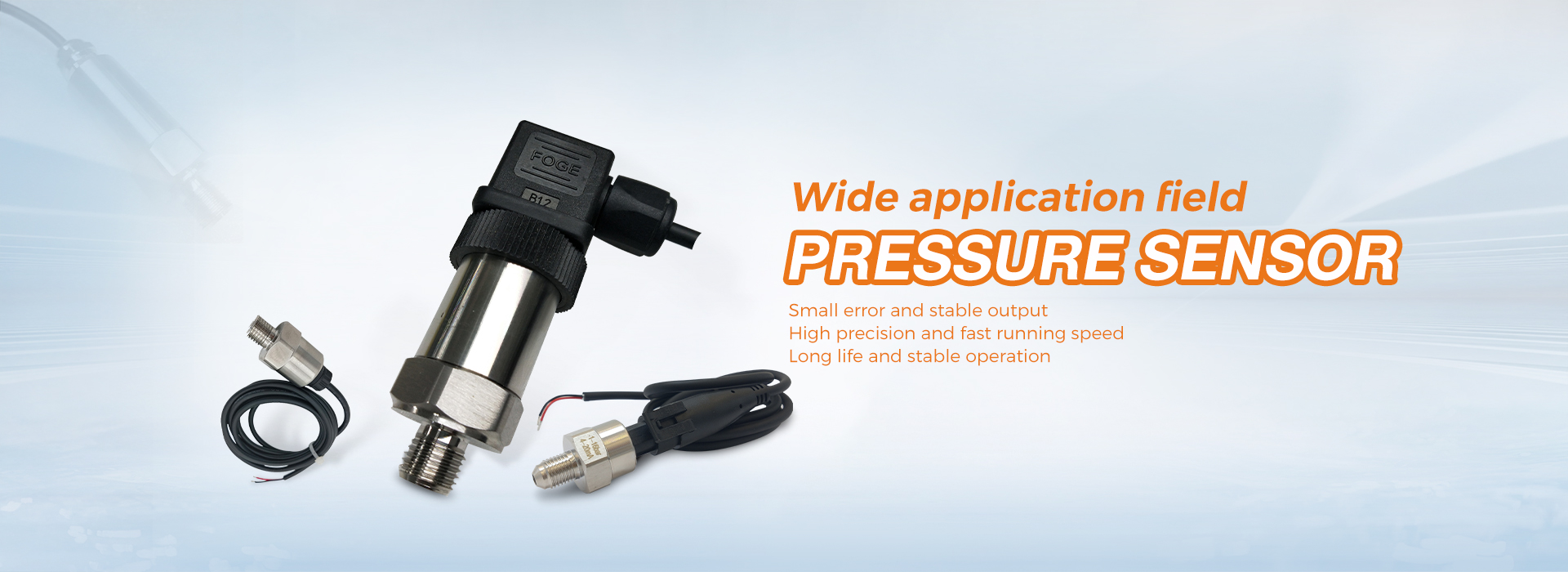Do you know the reasons that affect the total error of pressure sensors?
When analyzing the total error of pressure sensors, the first step is to consider the source of each error, analyze the factors that cause these errors, and then find ways to reduce these errors and improve the overall performance of the sensor. What are the sources of errors that affect the performance of pressure sensors listed in this article?
When calculating the total error of a pressure sensor, the following defined errors should be used. To determine the degree of specific error of the pressure sensor you have selected, please refer to the specifications of the sensor in this catalog.
Note: In specific user applications, some nominal indicators can be reduced or eliminated. For example, if a pressure sensor is used within half of the specified temperature range, temperature errors can be reduced by half. If automatic zeroing technology is used, zero bias and zero drift errors can be eliminated.
Zero bias is the sensor output when the same pressure is applied simultaneously on both sides of the diaphragm.
Range is the algebraic difference between output endpoints. Usually, the two endpoints are zero and full scale.
Zero temperature offset is a change in the zero point of a pressure sensor caused by temperature fluctuations. Zero offset is not a predictable error, as each device can be shifted up or down, and temperature changes will cause the entire output curve to shift up or down along the voltage axis.
Sensitivity temperature offset is a change in the sensitivity of a pressure sensor caused by temperature changes, which will result in a change in the slope of the sensor output curve.
Repetitive error is the deviation of any given input pressure in the output reading continuously added while keeping other conditions constant.
The hysteresis error is usually expressed as a combination error of mechanical hysteresis and temperature hysteresis.
Mechanical hysteresis: refers to the sensor error in the output at a given input pressure (with different processes of rise and fall).
Temperature hysteresis refers to the deviation of output at the exact input pressure before and after a temperature cycle.
The ratio change refers to the ratio of the sensor output to the power supply voltage under other constant conditions. The ratio change error is the change in this ratio, usually expressed as a percentage of the pressure sensor range.
Summary: There are various sources of error for each pressure sensor, some of which are systematic errors and some are random errors. For some errors that can be eliminated, we need to find ways to eliminate them through technical improvements to ensure that the sensor has good output.
Post time: Mar-27-2025



